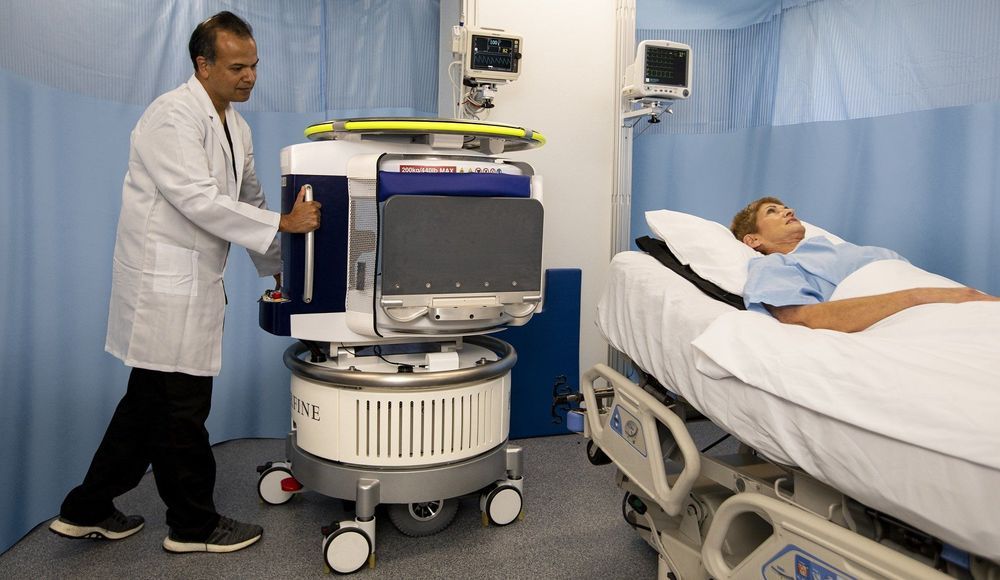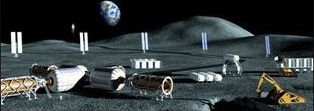Lifespan.io
A new study published in mSystems, a journal from the American Society for Microbiology, shows that the skin and mouth microbiomes are better predictors of age than the gut microbiome.
A very broad study
The authors used a very large population that is highly impressive among studies of this kind. Previously, a team containing some of the same researchers had done a gut microbiome study of over four thousand people from multiple countries [1]. This time, the researchers took skin, saliva, and fecal samples from roughly 2,000, 2,500, and 4,500 people, respectively; this study was done with nearly 9,000 people in total, and the team stated that it was the most comprehensive microbiome study done to date. The team used a “random forest” machine learning approach to determine what microbiota were and were not predictive of age [2].







